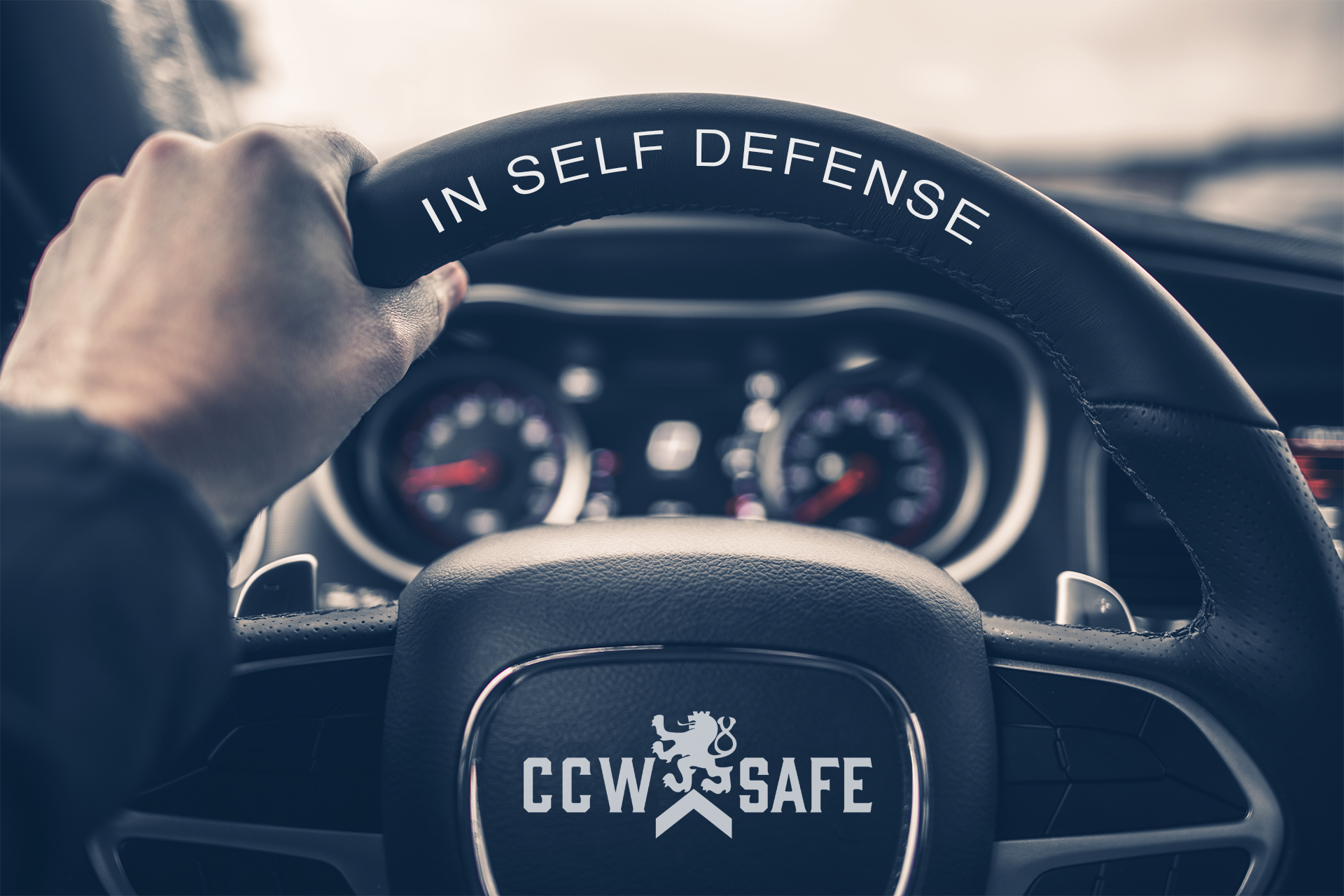
Posted on June 15, 2018
The Shooting of Joe McKnight: A Cautionary Tale To All Drivers- Part III Escalation
The Shooting of Joe McKnight
“A Cautionary Tale to All Drivers”
Part 3: Escalation
Ronald Gasser shot former New York Jets running back Joe McKnight in broad daylight at a busy intersection in a suburb of New Orleans on December 1, 2016. After a five mile “tit-for-tat mutual road rage” incident, McKnight exited his vehicle and leaned into Gasser’s car. Gasser fired three shots from his .40 caliber Smith & Wesson pistol, killing McKnight. After eight hours of questioning, investigators released Gasser based on his self-defense claim. However, when witness statements and forensic evidence was found to refute some of Gasser’s claims, authorities arrested the 56-year-old on charges of second degree murder.
Defense attorney Matthew Goetz quoted Louisiana law at trial, reminding jurors that it allows for lethal force if an intruder crosses the threshold of a person’s home or car. The protections provided by this law disappear, however, when a shooter is the “first aggressor.” After trial, a juror spoke to The New Orleans Advocate under the condition of anonymity. He said that those who initially favored convicting Gasser felt the incident started when Gasser responded aggressively to being cut-off by McKnight. Those initially favoring acquittal felt the confrontation really started when McKnight stepped out of the car at the intersection.
The distinction was important; it meant the difference between an acquittal or a conviction. Those favoring conviction ultimately won the other jurors over. After the verdict, Gasser’s lawyer admitted to reporters that the back-and-forth road rage may have “muddied the waters” when the jury sought to determine who was the first aggressor.
At trial, prosecutors showed jurors video footage compiled from multiple sources showing the two men’s vehicles on the road. Witness Jerrod Jones said, “I saw them weaving in and out of traffic. It looked like they were racing and cars were getting in the way.” Another witness said that the jockeying vehicles went “back and forth.” It was never in dispute that McKnight cut Gasser off, but no one knows whether that was accidental or intentional. It seems, however, that the jury held Gasser responsible for initiating the five-mile confrontation that ensued. It didn’t help Gasser that the jury was told of a previous road rage incident at the exact same intersection that led to Gasser’s arrest in 2006.
It also didn’t help Gasser’s case when the jury heard video testimony of him recalling how he removed his Smith & Wesson pistol from his gym bag about a mile out from the intersection. Gasser anticipated the potential for a violent encounter, but instead of rolling up his window and calling 911, he put his pistol in a “ready” position. McKnight, jurors were told, knew that his boss kept a 9mm pistol in the vehicle he was driving, but McKnight never touched it, and approached Gasser unarmed. To some on the jury, it may have seemed that Gasser brought a gun to a fist fight. At the very least, it’s clear from Gasser’s own mouth that he was the one that introduced a deadly weapon to the encounter — long before McKnight ever got out of his vehicle.
Don West, veteran criminal defense attorney and national trial counsel for CCW Safe, told us about selecting a jury for a self-defense case where he polled potential jurors about their attitudes regarding guns. One man proudly professed that he was a gun owner. West asked him if he kept a gun in his car. “Oh no,” he said. “I get too pissed at other drivers to trust myself with a gun in my car.”
The judge in Gassers case, when she sentenced Gasser to 30 years in prison, said, “Let this be a cautionary tale to all drivers who rage behind the wheel of their car at other drivers.” The lesson for the concealed carrier is that everytime you have an argument, by the very fact that you are carrying a deadly weapon, you open the possibility that the conflict may be resolved with deadly force. When you take on the responsibility of carrying, you inherit an obligation to avoid unnecessary confrontation. Not only did Gasser miss multiple opportunities to de-escalate his encounter with McKnight, by pulling out his gun and essentially inviting McKnight to engage, he created a situation where a shooting was practically inevitable.
In the next installment of “The Four Elements of Self-Defense,” we will explore how the concept of reasonable fear factored into the legal defense of Ronald Gasser.

Shawn Vincent- Litigation Consultant
Shawn Vincent is a litigation consultant who helps select juries in self-defense cases, and he manages public interest of high-profile legal matters. If you have any questions for Shawn, or would like more articles like this, let us know below!